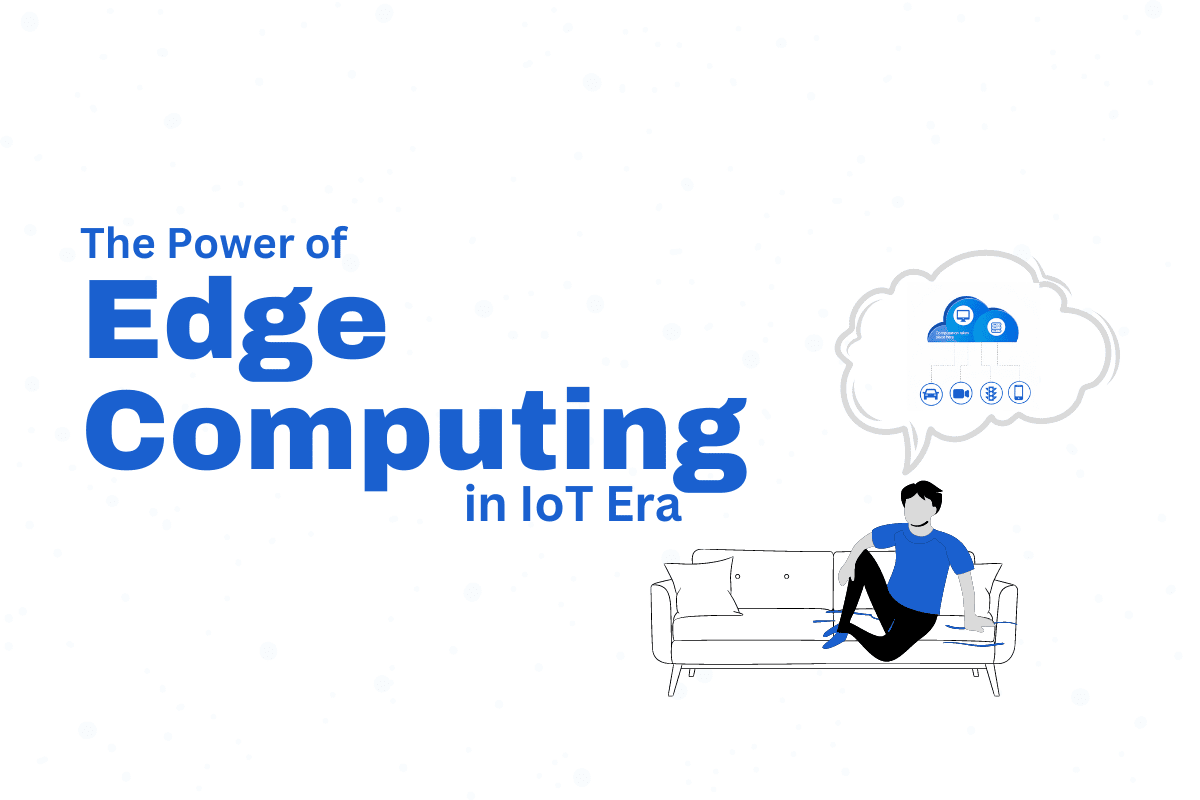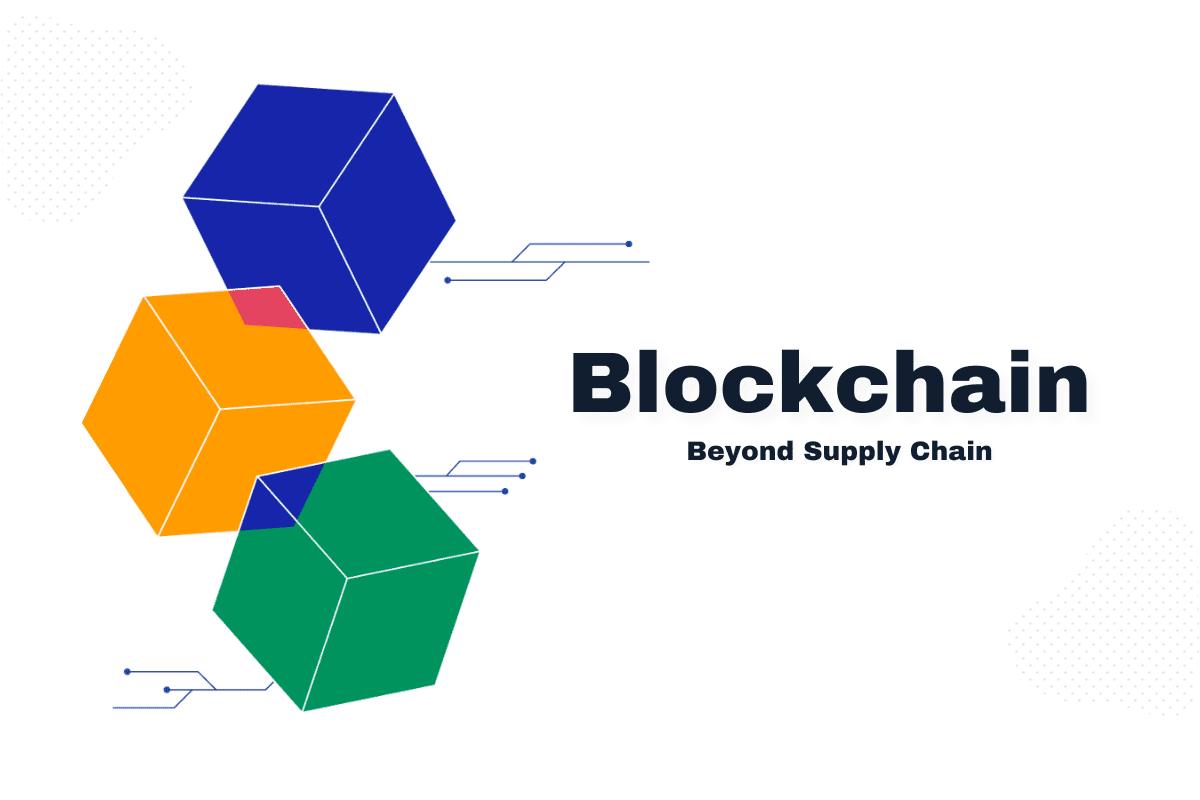Introduction: In today’s interconnected world, industrial control systems (ICS) have become the backbone of numerous industrial processes. However, this increased connectivity has exposed ICS to a multitude of cybersecurity threats. Safeguarding these systems from cyber attacks is crucial for maintaining operational continuity, protecting sensitive data, and ensuring public safety. This comprehensive guide presents actionable strategies and best practices to enhance cybersecurity in ICS (industrial control systems), enabling organizations to mitigate risks effectively.
Section 1: Understanding the Significance of Cybersecurity in Industrial Control Systems
1.1 The Evolving Threat Landscape:
Exploring the evolving nature of cybersecurity threats and the specific challenges faced by industrial control systems. Highlighting the potential consequences of a cyber attack, including production disruptions, financial losses, safety hazards, and environmental disasters.
1.2 Importance of a Proactive Approach:
Emphasizing the need for organizations to adopt a proactive approach to cybersecurity, focusing on prevention, detection, and response strategies. Illustrating the benefits of investing in robust security measures for ICS.
Section 2: Conducting a Comprehensive Risk Assessment
2.1 Identifying Vulnerabilities:
Guiding organizations in identifying potential vulnerabilities specific to their industrial control systems. Discussing common weaknesses and exploring methods to assess the impact of a successful cyber attack.
2.2 Evaluating Threats:
Examining various types of cyber threats, including insider threats, external attacks, and emerging risks. Providing insights into threat modeling techniques and tools for accurate threat assessment.
Section 3: Implementing Strong Access Control Mechanisms
3.1 Role-Based Access Control:
Detailing the implementation of role-based access control (RBAC) systems for ICS. Highlighting the importance of defining roles, privileges, and access levels. Discussing RBAC best practices and the benefits of RBAC in ensuring secure access.
3.2 Multi-Factor Authentication:
Exploring the significance of multi-factor authentication (MFA) in preventing unauthorized access. Presenting practical steps to integrate MFA into ICS environments. Highlighting the role of biometric authentication and token-based verification.
Section 4: Ensuring Secure Remote Access
4.1 Secure Remote Connectivity:
Examining the growing need for secure remote access to industrial control systems. Discussing the implementation of virtual private networks (VPNs) with strong encryption and secure communication protocols.
4.2 Secure Data Transmission:
Addressing the challenges of secure data transmission in remote access scenarios. Exploring the use of secure protocols such as Secure Shell (SSH) and Transport Layer Security (TLS) for safeguarding data integrity and confidentiality.
Section 5: Deploying Intrusion Detection and Prevention Systems
5.1 Understanding IDPS:
Exploring the role of Intrusion Detection and Prevention Systems (IDPS) in real-time threat detection and response. Discussing various types of IDPS technologies and their applicability to industrial control systems.
5.2 Network Monitoring and Anomaly Detection:
Detailing the implementation of network monitoring tools and anomaly detection techniques to identify suspicious activities. Discussing the importance of log analysis and correlation for effective threat detection.
Section 6: Regularly Updating and Patching Software
6.1 Importance of Software Updates:
Emphasizing the critical role of regular software updates in mitigating vulnerabilities. Discussing the challenges associated with patch management in industrial control systems.
6.2 Patching Best Practices:
Providing a comprehensive guide on establishing a robust patch management process. Exploring strategies for timely updates, prioritization, and testing to minimize system downtime and ensure successful patch deployment.
Section 7: Conducting Regular Security Audits and Penetration Testing
7.1 Security Audits:
Highlighting the significance of regular security audits to assess the effectiveness of existing security measures. Discussing techniques for vulnerability scanning, configuration audits, and compliance assessments.
7.2 Penetration Testing:
Exploring the benefits of penetration testing in identifying system weaknesses. Discussing the importance of both internal and external testing methodologies and engaging certified ethical hackers for thorough assessments.
Section 8: Establishing Incident Response and Recovery Plans
8.1 Incident Response Framework:
Detailing the key components of an effective incident response framework for ICS. Discussing incident categorization, response team formation, and communication protocols during a cybersecurity incident.
8.2 Recovery Strategies:
Exploring recovery strategies, including system restoration, data backup, and incident documentation. Discussing the importance of conducting post-incident analysis and updating incident response plans accordingly.
Conclusion: Enhancing cybersecurity in ICS (industrial control systems) is a complex and ongoing process. By following the strategies and best practices outlined in this comprehensive guide, organizations can proactively address cyber threats, safeguard critical infrastructure, and ensure the resilience of their industrial control systems. Implementing a robust cybersecurity framework will enable industries to navigate the evolving threat landscape confidently while protecting their operations, assets, and reputation.




